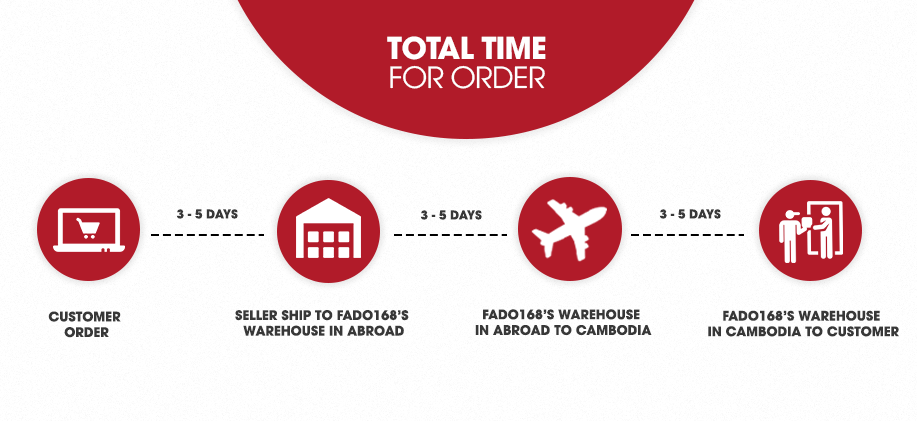1. What is SDXC card?
There are 3 main types in the SD memory card family. SD (128MB to 2GB, Default Format: FAT16), SD High Capacity (SDHC, 4GB to 32GB, Default Format: FAT32), and SD Extended Capacity (SDXC, 64GB to 2TB, Default Format: exFAT).
2. What is the card size?
It is a full-size flash memory card with measures of 32x24 mm/ 1.25x0.95 inches. NOT SMALL SIZE MICRO SD CARD, doesn't fit any host devices with micro sd card slots, such as smartphones.
3. Why my device cannot read the card?
Before purchase a SDXC card, you should know more about your device. (1)Does it support SDXC card? SDXC memory cards can ONLY be used with SDXC host devices. Look for the SDXC logo on host devices to ensure compatibility. (2)What is the max support capacity? If your device can only take up to 32GB SD card, we would suggest you consider our C10 U1 SDHC card, search "Micro Center sd card" or "B07K82GRDV" on Amazon. (3) What is the support format? According to SD Associate standard, SDXC card(64GB and above) has the default format exFAT, SDHC/SD (32GB and below) has the default format FAT32 or FAT. Some of the host devices such as trail cameras may only support FAT32. In this case, you may need a 3rd party software to complete the formatting from exFAT to FAT32 by computer usb3.0 port. Windows OS can only format those with no more than 32GB to FAT32.
4. Why my read/write speed is slower than what specified on the product page?
The specified read & write speeds are based on internal tests. Actual speeds may vary depending upon host device, interface, usage conditions and other factors.
5. Why actual user storage is less than what specified on the product page?
It is general that actual user storage has less the volume specified on the product page/package on all storage products and usually about 8~10% less. The discrepancy results from 2 factors: 1. The different ways of calculating megabyte. Flash memory and hard drive manufacturers calculate in 1GB=1000,000,000 bytes, While System use the binary calculation, 1GB= 1,073,741,824 bytes. 2. Partial memory capacity is reserved for firmware and bad block exchanging to greatly enhances product performance and extends service life.


